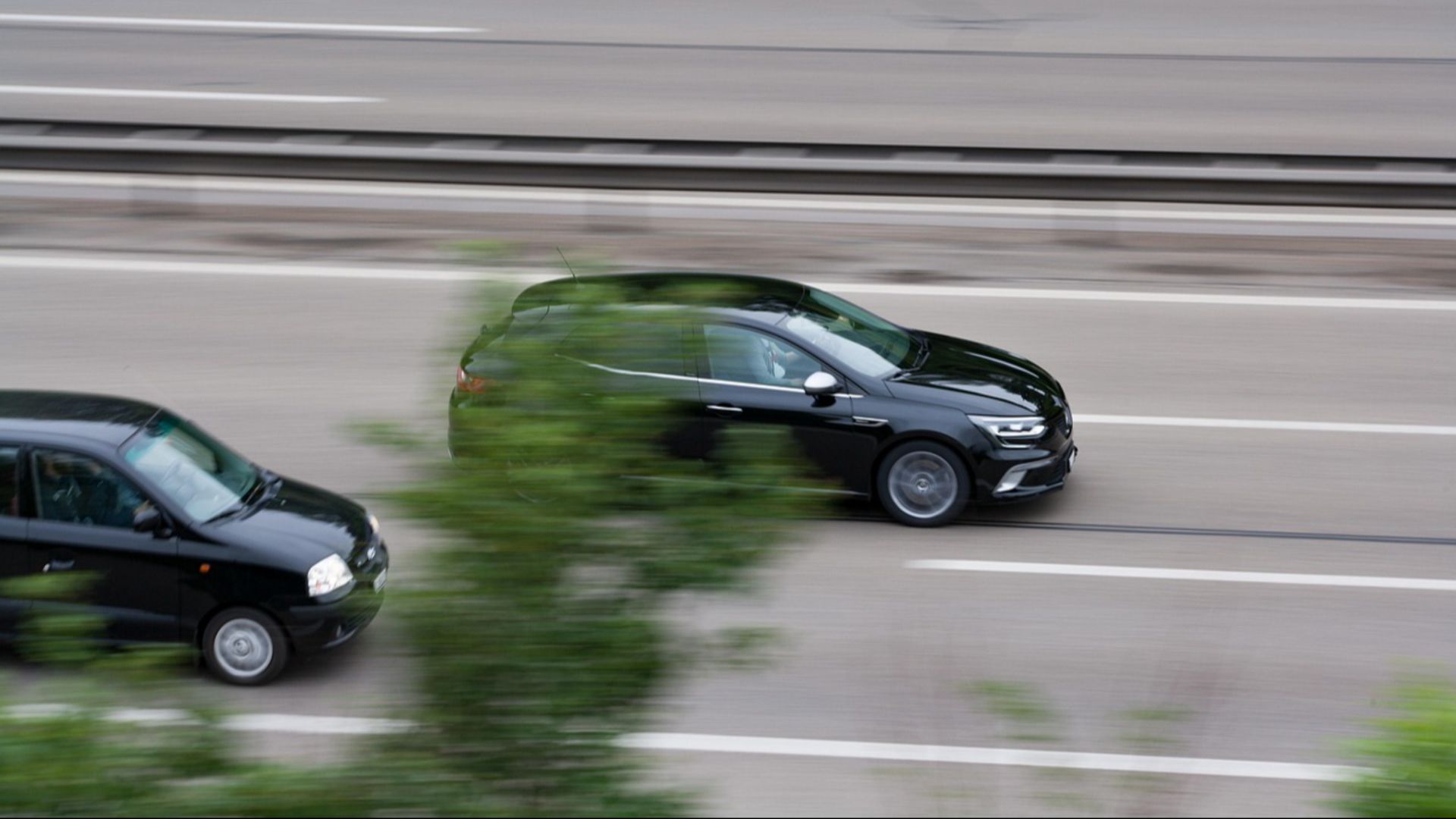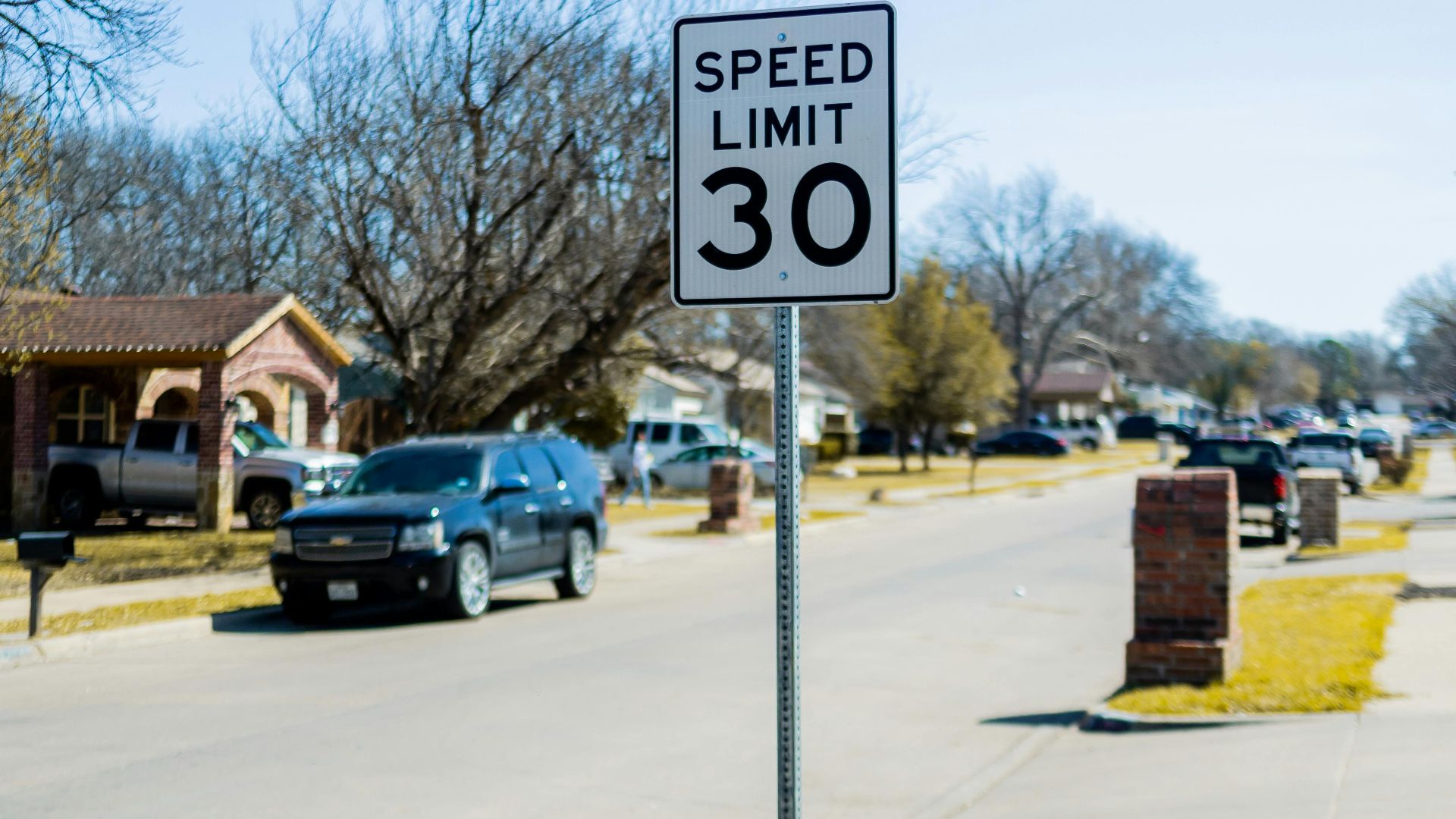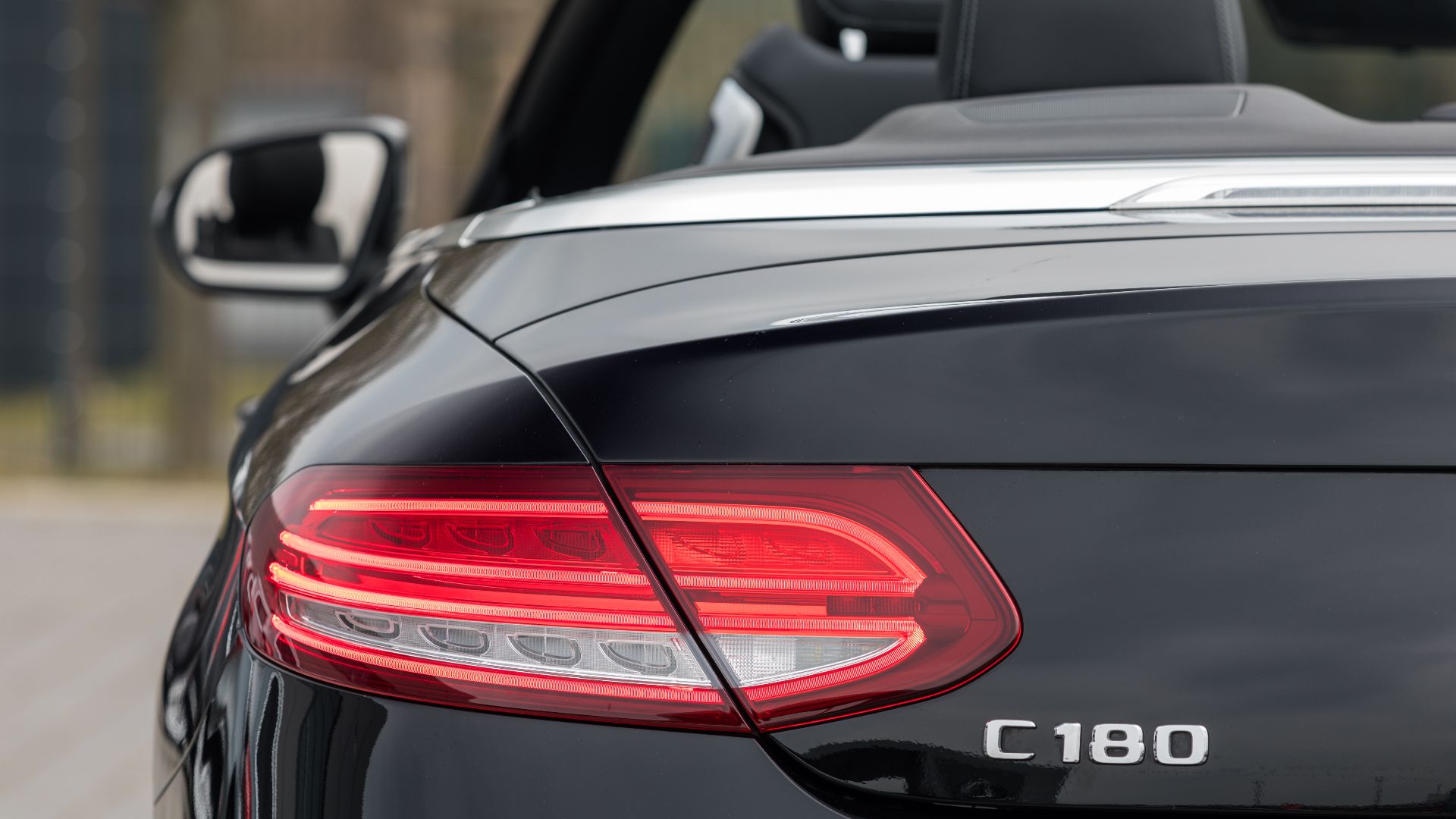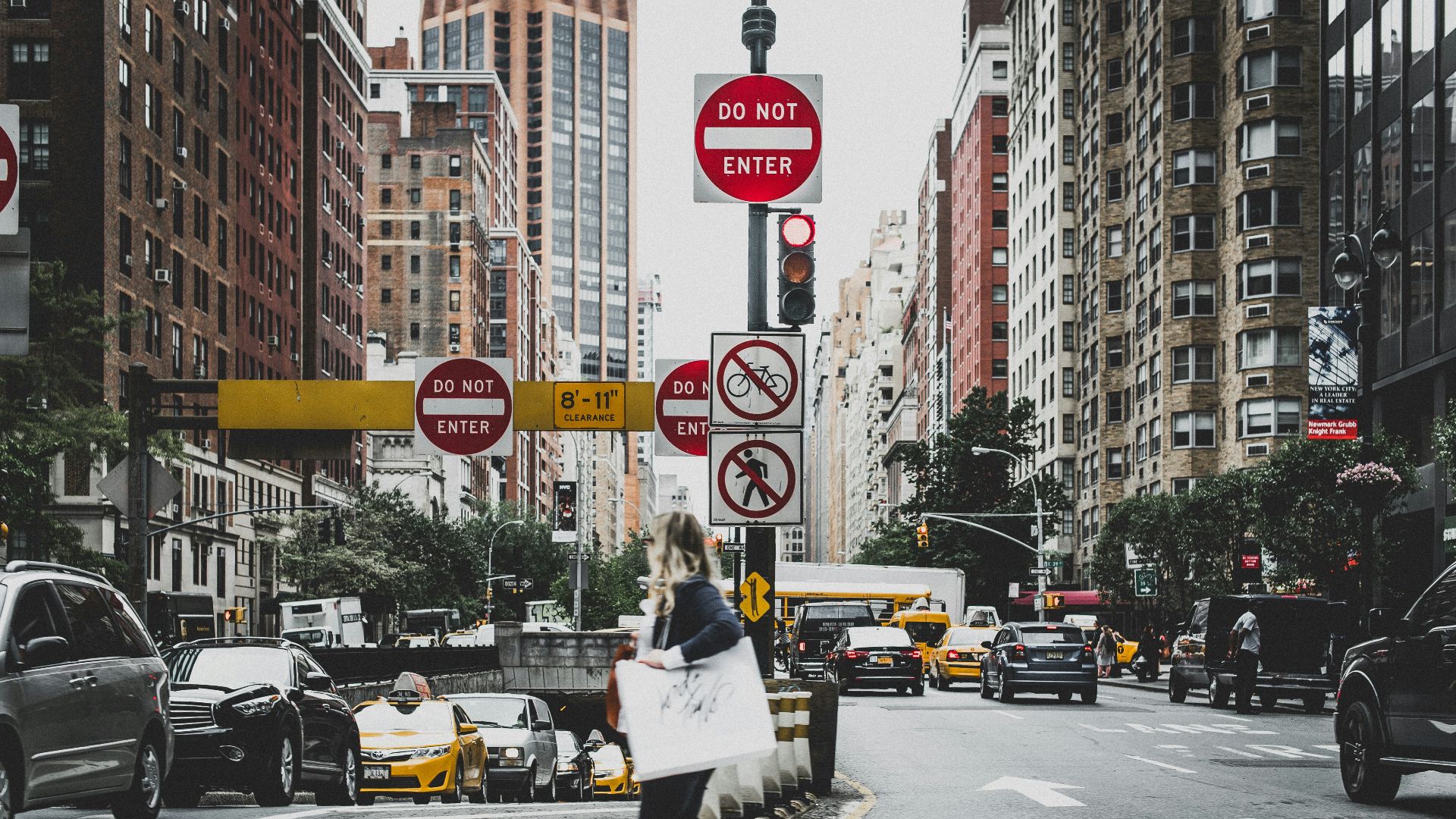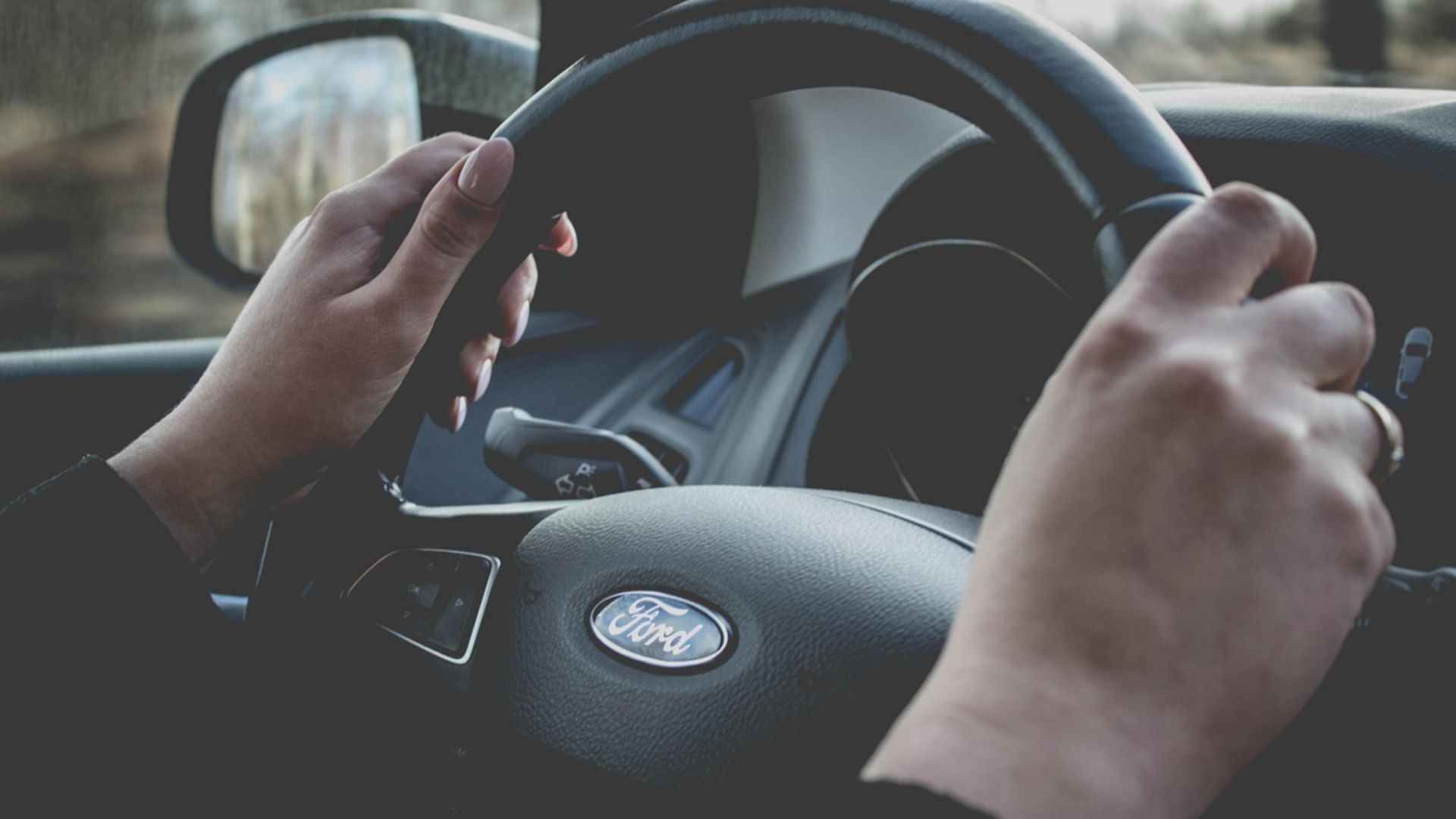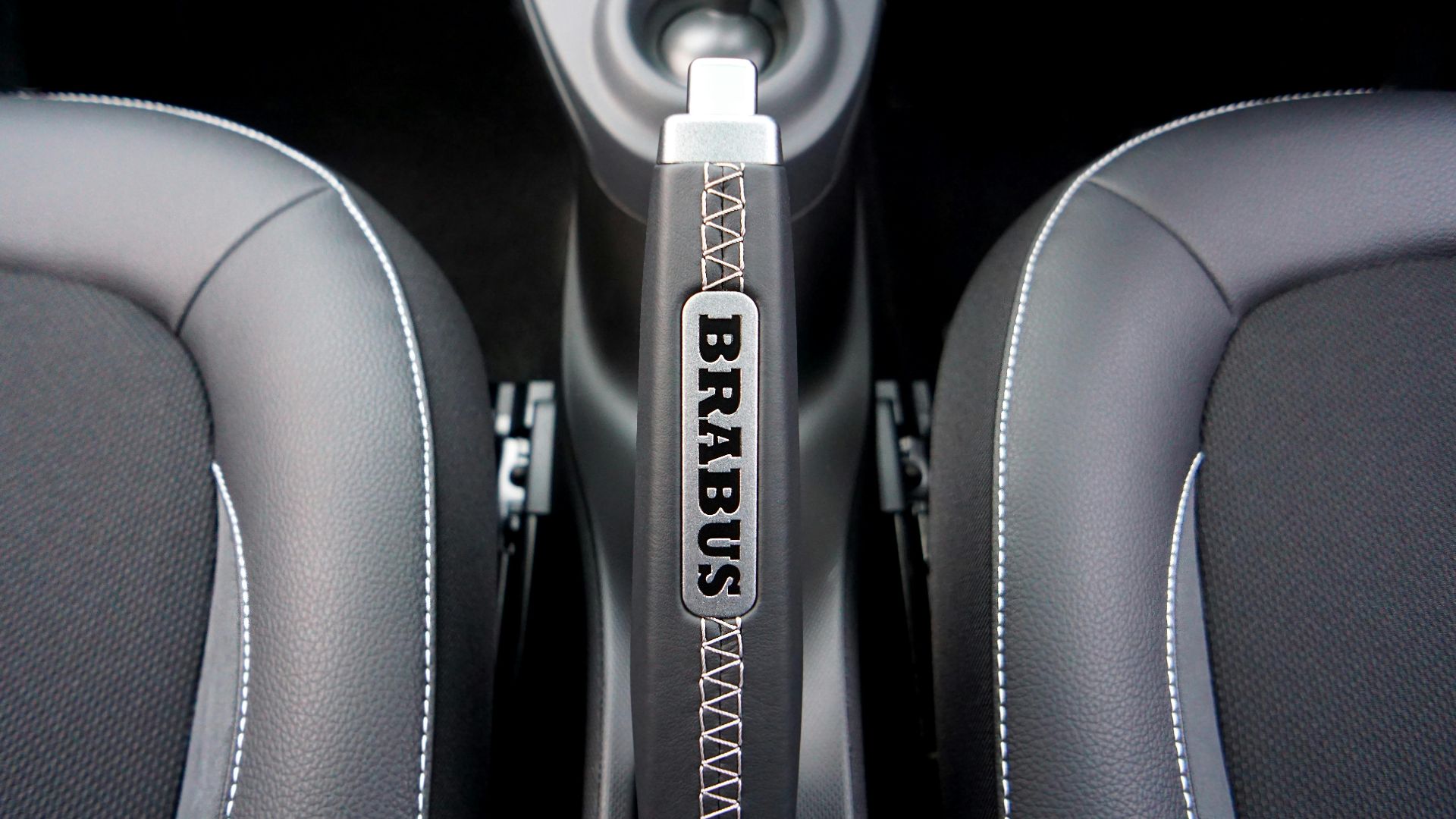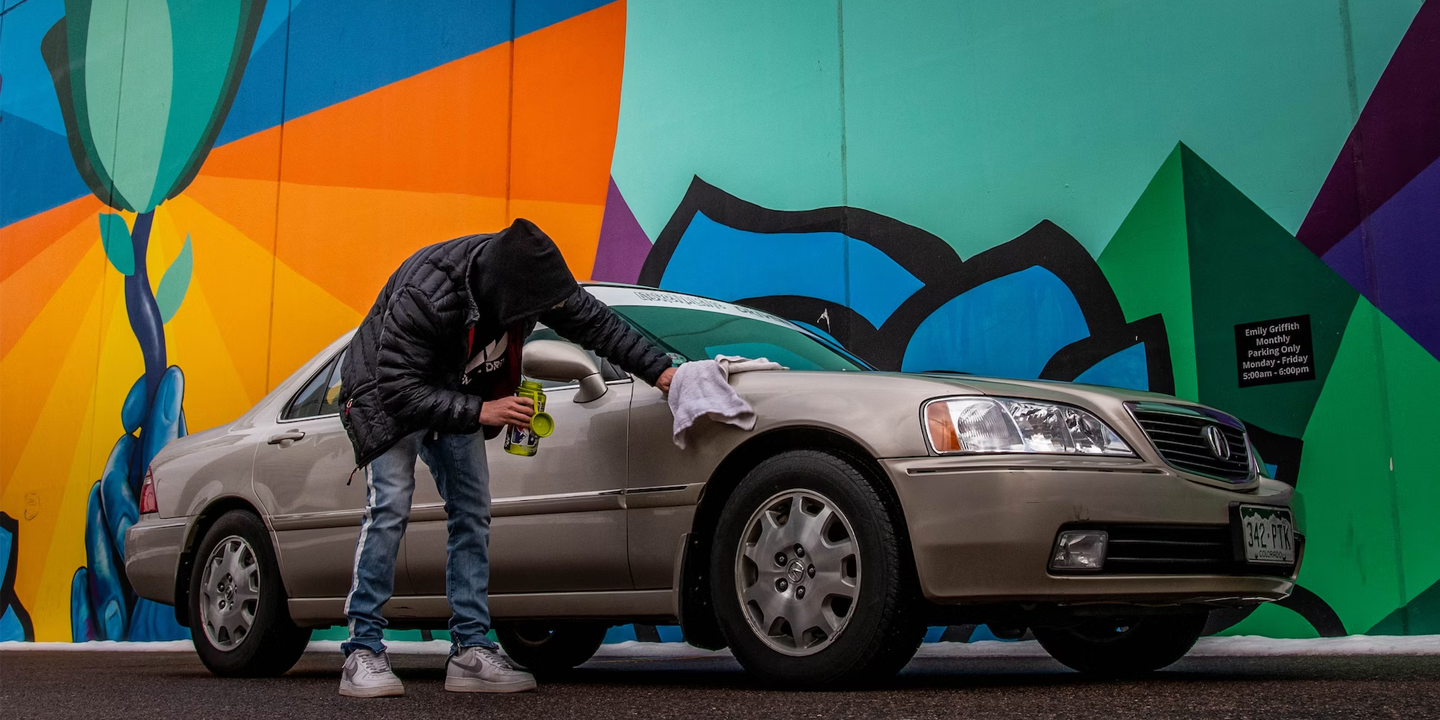Fails Behind The Wheel
Taking your driving test can feel like being handed the keys to a car and a test of your sanity. It's that moment when your brain forgets how to signal, or you panic during a three-point turn. Keep reading to take a look at the 20 most common reasons why people fail their driving test so that you avoid these slip-ups when it's your turn.
1. Failure To Yield To Pedestrians
Stopping for pedestrians may seem basic, but it’s a major test pitfall. In some places, failing to stop when a pedestrian crosses or when a crossing light turns on is an automatic failure. Hence, always stay alert and give pedestrians the right of way, no matter the situation.
2. Improper Lane Changes
A lane change is not just about moving the wheel left or right—it’s about proper signaling and scanning your mirrors. Remember, if you can’t see it, don’t move there! You must ensure it’s safe by observing traffic in all directions, signaling your intent clearly, and moving smoothly.
3. Speeding In Residential Areas
Residential neighborhoods often have lower speed limits, typically 25 mph or less. Failing to respect these limits can cause failure. Speeding through quiet streets endangers pedestrians and cyclists, so always keep an eye on the signs and slow down when necessary.
4. Not Stopping At Stop Signs
It’s not enough to slow down at a stop sign; you need to come to a complete stop. If you roll through without fully halting, it might cost you the test. Take a moment to ensure it’s safe before you continue, no matter how empty the street looks.
5. Inability To Parallel Park
Parallel parking trips up many drivers. This maneuver tests your ability to control the vehicle and park within tight spaces. Make sure you check your mirrors and turn the wheel at the right moment to slide neatly into a parking spot without hitting anything.
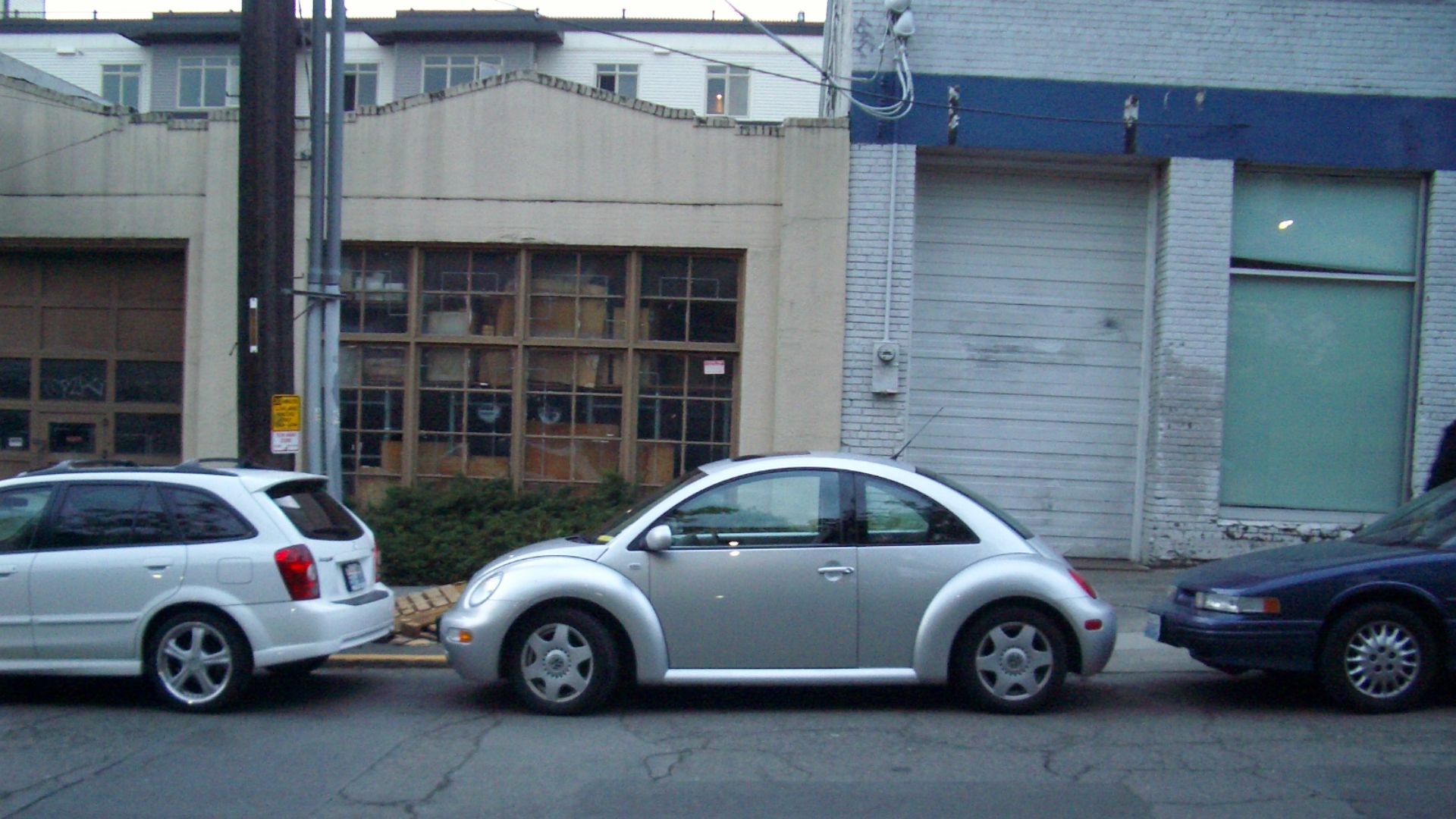 Tom Harpel from Seattle, Washington, United States on Wikimedia
Tom Harpel from Seattle, Washington, United States on Wikimedia
6. Failing To Signal Before Turning
Using turn signals is a basic yet vital rule. Neglecting to signal before a turn or lane change can confuse other drivers, leading to unsafe situations. It's an essential safety practice every driver must incorporate into their habits.
7. Improper Use Of The Gas Pedal
How you accelerate can say a lot about your control over the vehicle. Pressing the gas pedal too hard or too soft can make the car lag, which is uncomfortable for both you and your examiner. A smooth, controlled acceleration is key to passing.
8. Not Using Mirrors Properly
Examiners aren't just checking whether you glance at your mirrors; they want to see that you use them meaningfully and consistently. This means checking your rearview and side mirrors before signaling or changing lanes. Forgetting to do so or doing it too late suggests a lack of spatial awareness.
 Devon Janse van Rensburg on Unsplash
Devon Janse van Rensburg on Unsplash
9. Poor Observation Of Traffic Signs
Sometimes, learners focus too much on the road ahead and forget to scan the surroundings for key information. Others might notice signs too late to act correctly. Understanding signs is about proving that you can follow road rules and drive safely under real-world conditions.
10. Driving Too Slowly
Driving too slowly is just as problematic as speeding. It can disrupt traffic flow and increase the risk of rear-end collisions. Stick to the speed limits and adjust according to the conditions, always making sure you’re not driving so slowly that you impede other vehicles.
 Ferliana Febritasari on Pexels
Ferliana Febritasari on Pexels
11. Incorrect Steering Techniques
While hand-over-hand steering is generally accepted, it must be smooth, controlled, and safe. Rushed movements make the car harder to control and can cause swerving or lane drift. Improper grip—like holding the wheel too tightly or too low—also affects precision.
12. Not Adjusting Speed For Weather Conditions
Many learners fail their tests because they don’t adjust their speed appropriately during adverse conditions. For instance, going too fast on wet roads can lead to hydroplaning, while failing to reduce speed in foggy conditions can mean missing hazards or reacting too late.
13. Not Stopping For School Buses
When a school bus stops and shows its stop sign arm or flashes red lights, you must stop—regardless of whether children are visible. Many test-takers either miss the signals entirely or slow down without fully stopping, which is an automatic failure. This rule exists to protect children who may be crossing unpredictably.
14. Unsafe Merging
Merging into traffic can be tricky, but doing it unsafely is a common test failure. Make sure to check your mirrors, signal your desired intentions, and enter the lane smoothly without cutting off other drivers. Proper merging shows your ability to share the road responsibly.
15. Not Keeping Proper Following Distance
Learners often underestimate how much space is needed to stop safely, especially at higher speeds. The general rule is the “three-second gap,” but this should increase in heavy traffic or when following larger vehicles. Failing to maintain a safe following distance increases the risk of rear-end collisions.
 Sandy Ravaloniaina on Unsplash
Sandy Ravaloniaina on Unsplash
16. Poor Hill Parking
When parking uphill with a curb, wheels should turn away from the curb; downhill or without a curb, they should turn toward it. Examiners also check if you engage the parking brake and shift into the proper gear. Mastering this maneuver proves the kind of skill a driving test is meant to assess.
17. Lack Of Confidence
Driving with hesitation or showing uncertainty during the test can hurt your score. While some nerves are normal, excessive anxiety can cause you to forget simple challenges. A confident driver shows they’re prepared for the everyday unpredictability of the road.
18. Inadequate Use Of The Handbrake
The handbrake—also known as the parking brake—is essential when the car needs to remain stationary for safety. Not engaging the handbrake when required can result in stalling, uncontrolled movement, or failure to demonstrate full vehicle command.
19. Failure To Look Both Ways
Whether you’re approaching a T-junction, emerging from a driveway, or turning onto a main road, scanning left and right—and sometimes twice—is key to spotting approaching traffic. Failing to do this signals a lack of hazard awareness and puts others at risk.
20. Not Yielding At Roundabouts
Roundabouts require you to yield to traffic that is already in the circle. Not doing so is a common failure point. Always wait for a gap in traffic before entering, and make sure to signal when exiting to demonstrate you understand the rules of roundabout crossing.




